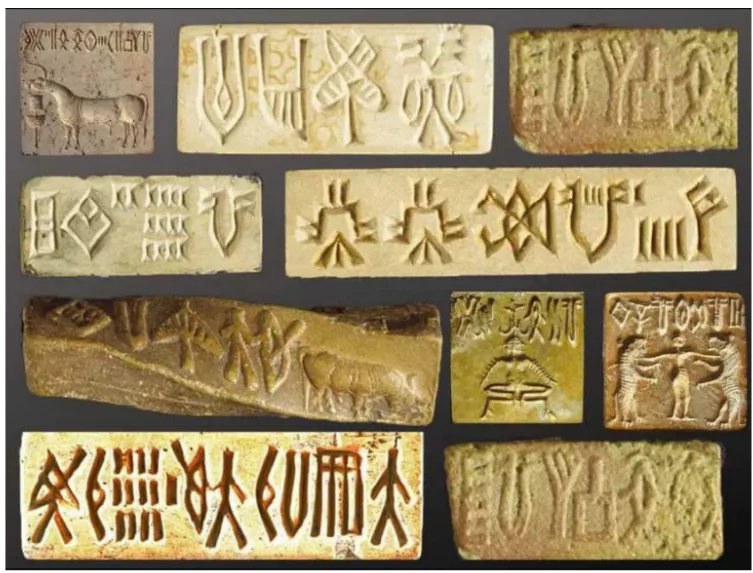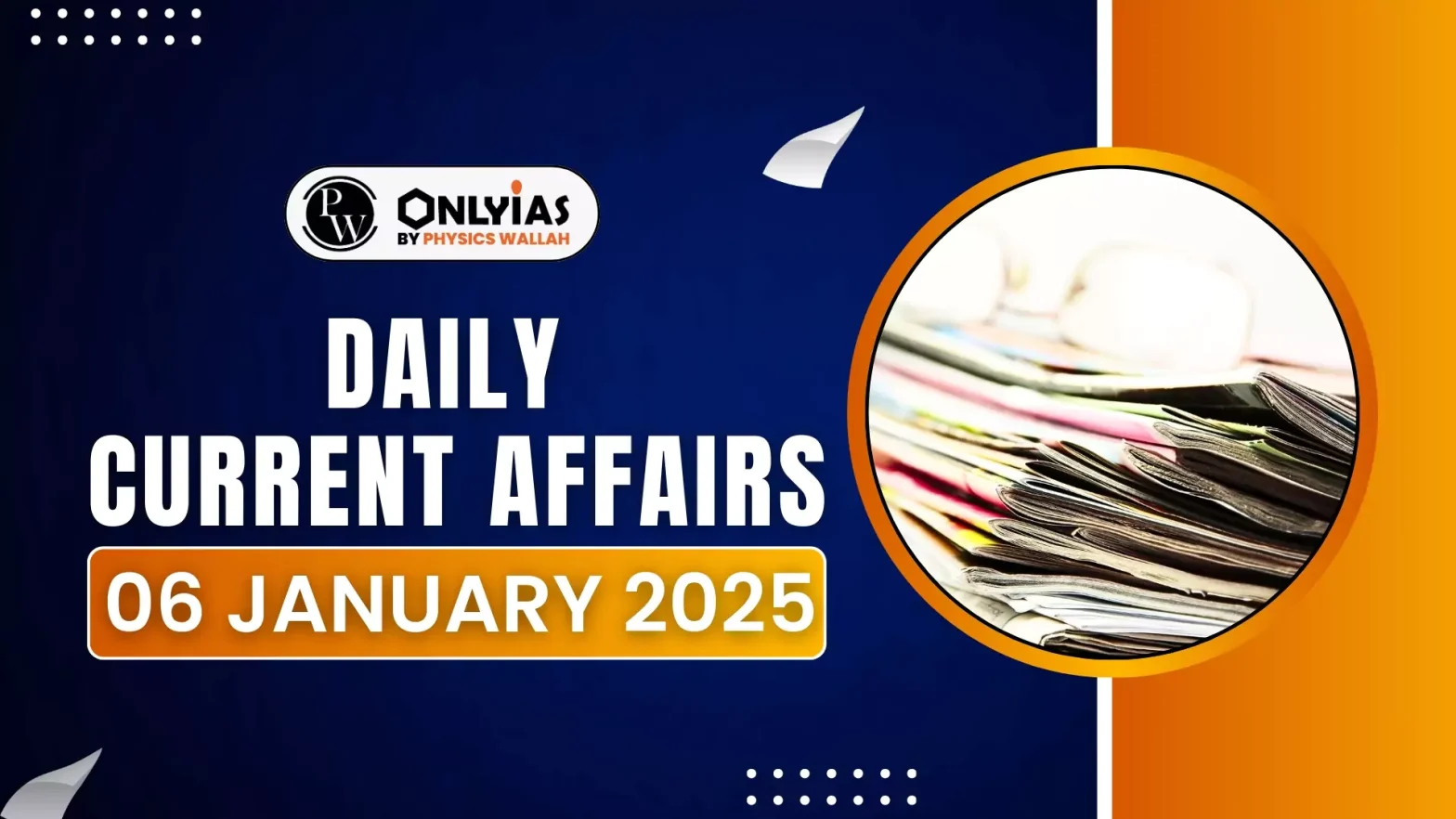Recently , Tamil Nadu Chief Minister has announced a $1-million prize for experts or organizations that can successfully decipher the scripts of the Indus Valley Civilisation in a comprehensible manner.
About the Indus Valley Script
- Indus script found on seals, pottery, and tablets at Harappa, Mohenjo-daro, and Dholavira
- Pictogram-Based Writing: The script is written using pictograms, often accompanied by animal or human motifs.
- Boustrophedon Style: It employs the boustrophedon writing style, alternating between right-to-left in one line and left-to-right in the next.
- Undeciphered Nature: The script has not been deciphered yet despite extensive research.
 Numerical System: The numeral system is based on the decimal system, with single downward strokes representing units and semicircles representing tens.
Numerical System: The numeral system is based on the decimal system, with single downward strokes representing units and semicircles representing tens.- Material Used: Indus Script inscriptions appear on diverse materials, including seals, pottery, bronze tools, stoneware bangles, bones, shells, ivory, steatite, bronze, and copper tablets.
- Seals and Animal Motifs: Seals typically feature the script at the top and an animal motif in the center, often serving identification and administrative purposes.
- Functionality: Seals may have been used as amulets or talismans, but their primary function was to mark trade goods for identification.
- Trade Connections: Clay tags bearing the Indus script have been discovered in Mesopotamia, indicating the extensive trade networks of the Indus Valley Civilisation.
- Narrative Imagery: The script often combines text with depictions of humans, animals, and mythical creatures, hinting at possible religious or liturgical significance.
About Indus Valley Civilization
- Historical Importance: One of the world’s oldest urban civilizations, discovered in 1924 by Sir John Marshall.
- Language Mystery: The script remains undeciphered even after 100 years, hindering a complete understanding of its culture and society.
- Cultural Parallels: Archaeologists have found connections between Indus graffiti marks and Tamil Nadu’s symbols, suggesting links to Dravidian culture.
Check Out UPSC Modules From PW Store
Challenges in Decipherment
- Short Texts: Indus texts are generally brief, averaging five characters, with the longest text containing only 26 characters.
- Absence of Bilingual Texts: Unlike the Rosetta Stone for Egyptian hieroglyphs, no bilingual inscriptions have been discovered to aid in deciphering the Indus script.
Significance of Deciphering IVC Script
- Cultural Insights:
- Provides clarity on societal structure, economy, and daily life in the IVC.
- Strengthens connections between IVC and Tamil Dravidian heritage.
- Historical Understanding:
- Confirms IVC’s precedence over Aryan civilization.
- Strengthens the hypothesis of a Dravidian language being spoken.
- Academic Recognition:
- Encourages global collaboration among linguists, archaeologists, and technologists.
- Promotes Tamil Nadu as a hub for historical research and scholarship.
Additional Readings: Harappan Civilisation: A Century of Exploration and Mysteries
![]() 6 Jan 2025
6 Jan 2025

 Numerical System: The numeral system is based on the decimal system, with single downward strokes representing units and semicircles representing tens.
Numerical System: The numeral system is based on the decimal system, with single downward strokes representing units and semicircles representing tens.